Computer Information System: IEEE 754, Overflow, and Memory
VerifiedAdded on 2023/05/28
|5
|553
|438
Homework Assignment
AI Summary
This assignment solution covers key concepts in computer information systems, focusing on number representation and memory organization. It includes a step-by-step conversion of the decimal number 1025.25 into its IEEE 754 32-bit representation, detailing the sign bit, exponent, and mantissa. The solution also addresses overflow detection in binary addition using 4-bit numbers and sign extension techniques. Furthermore, it explores memory addressing schemes using RAM chips, including calculations for addressable memory locations and chip selection. The document provides detailed explanations and numeric results for each question, covering topics like decoder design and the impact of temporal and spatial locality on cache performance. Desklib is a platform where students can find similar solved assignments and study resources.
1 out of 5
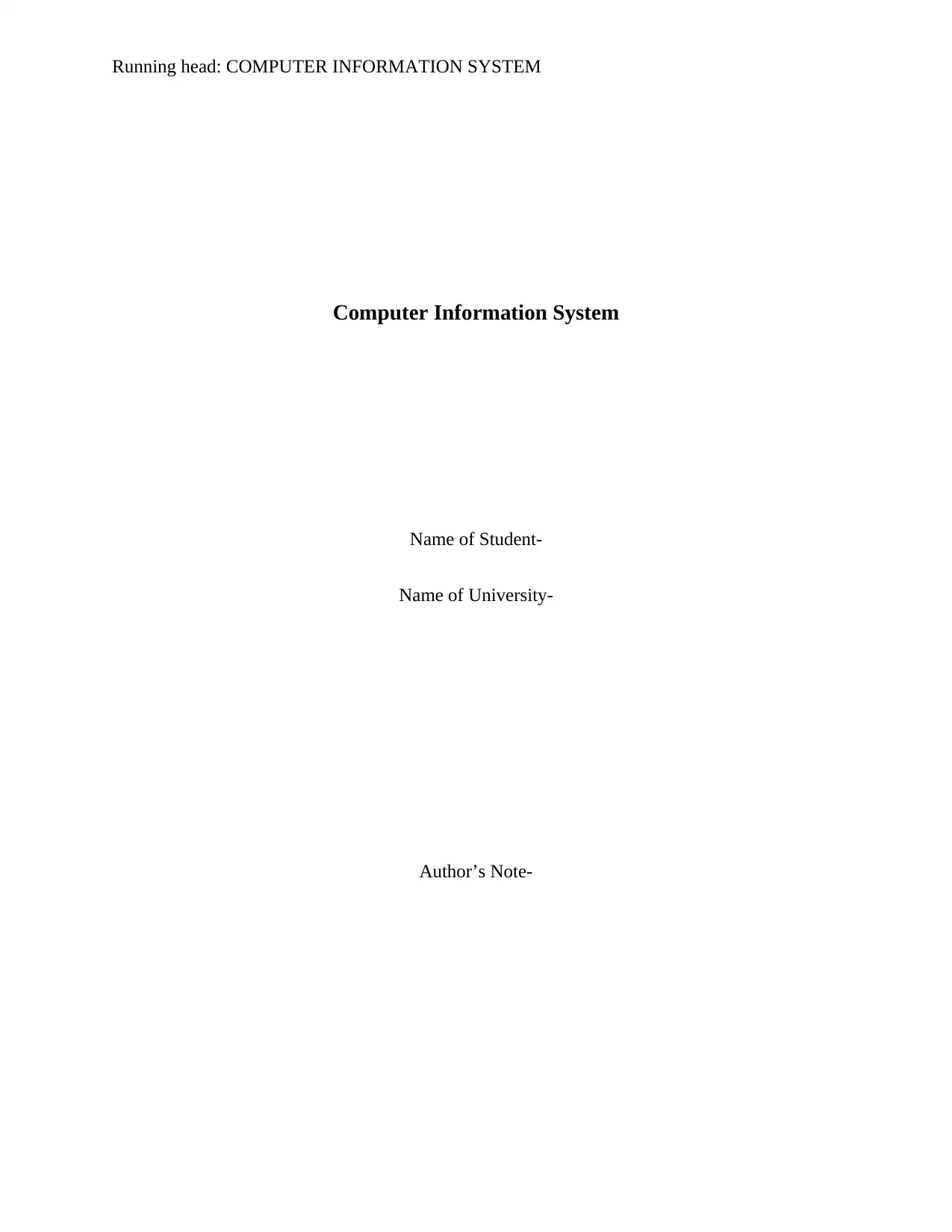
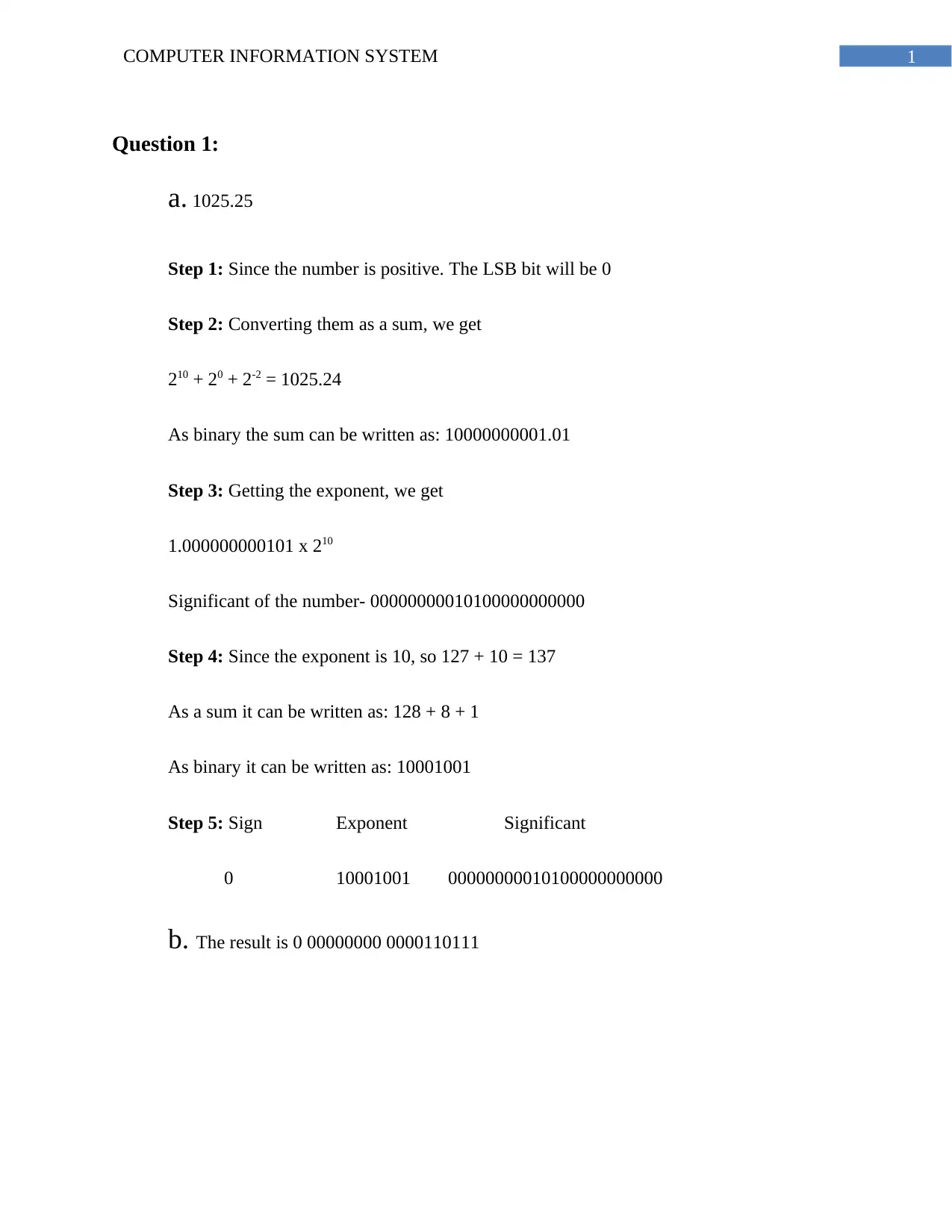
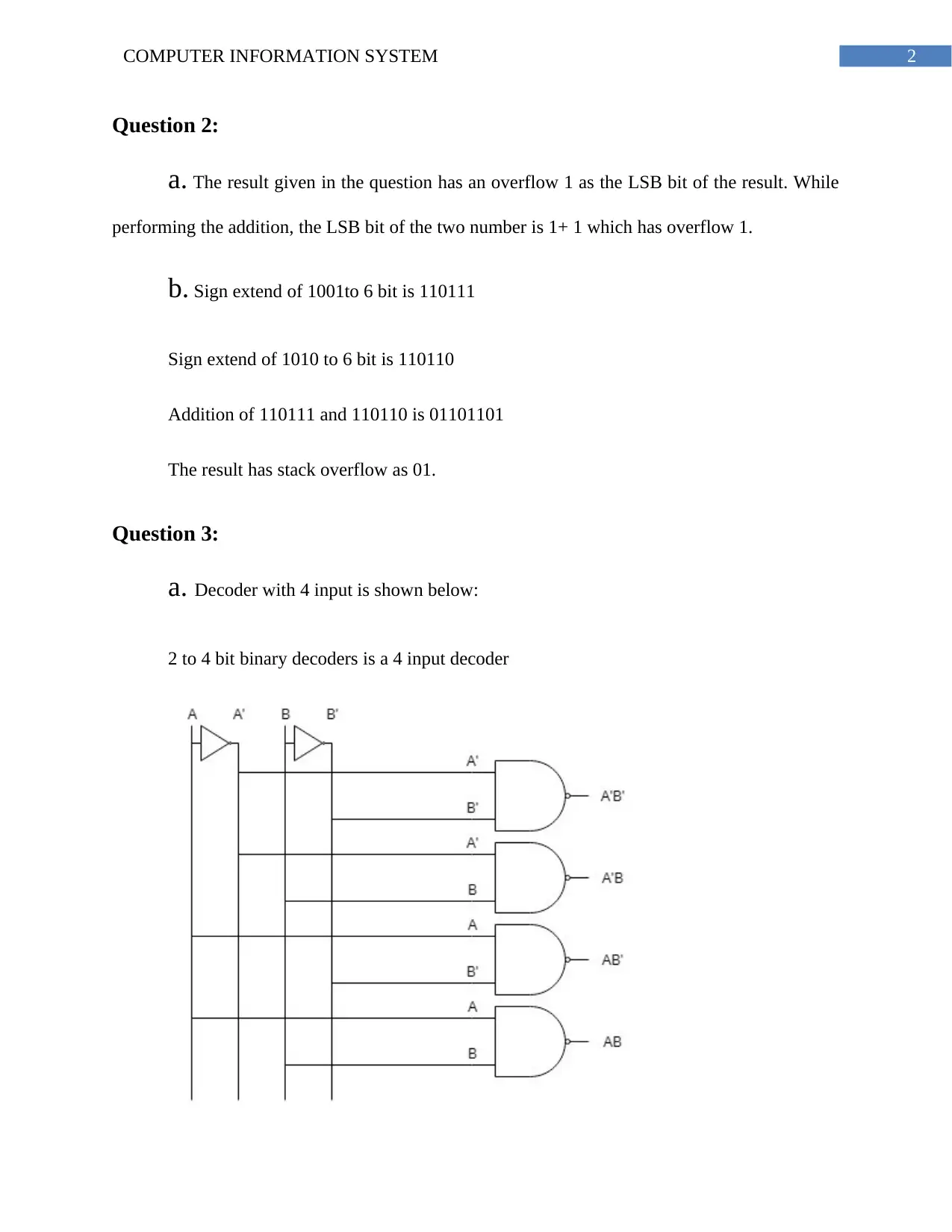

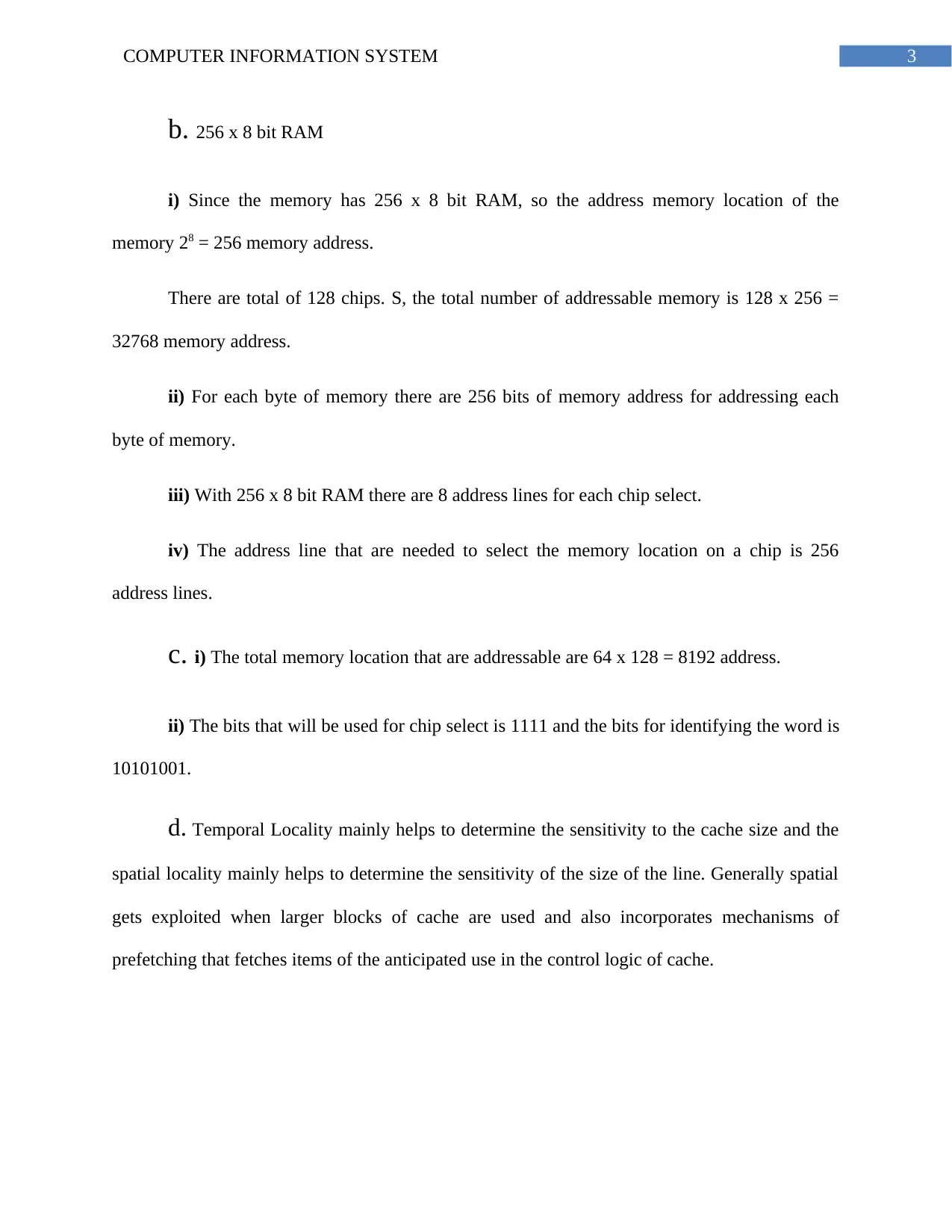
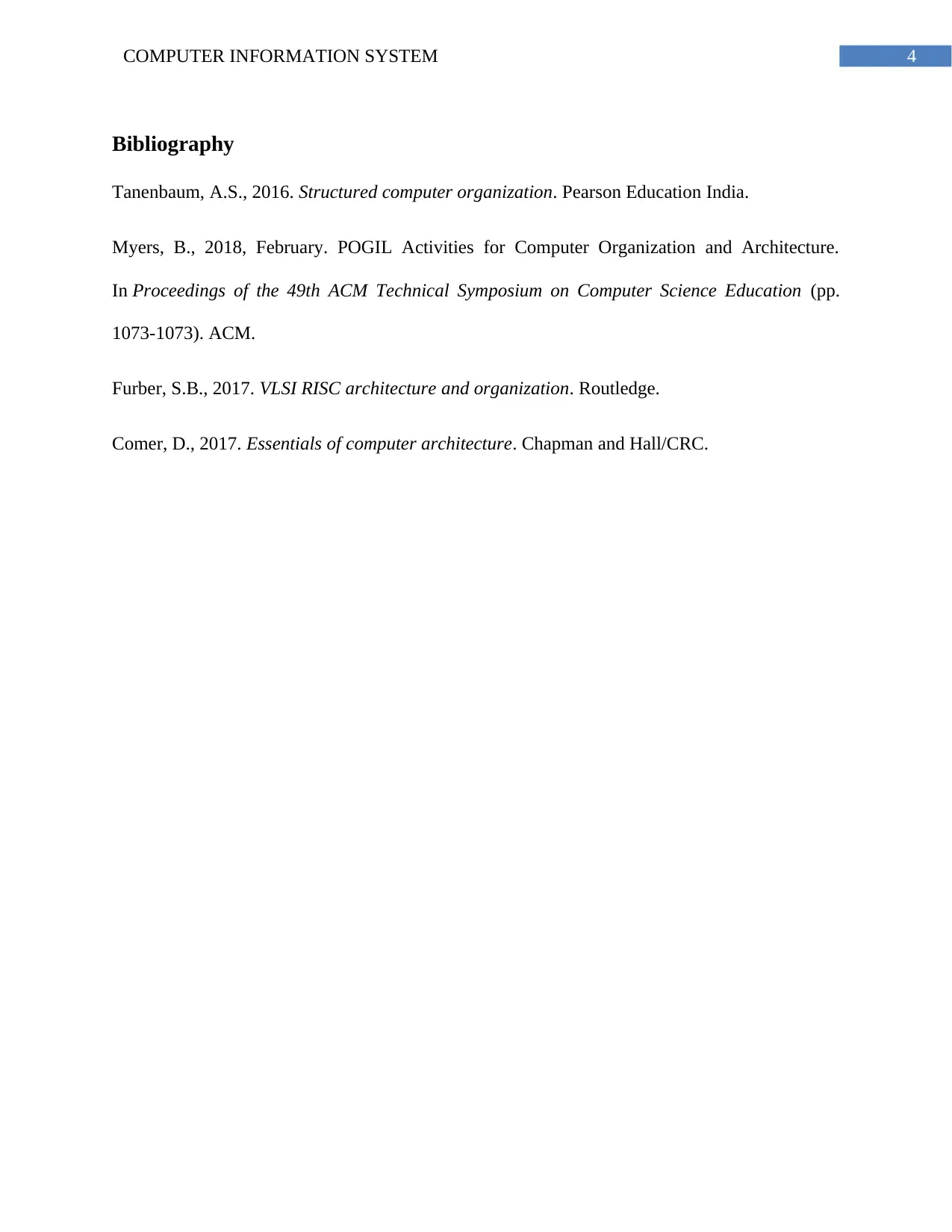



![[object Object]](/_next/static/media/star-bottom.7253800d.svg)